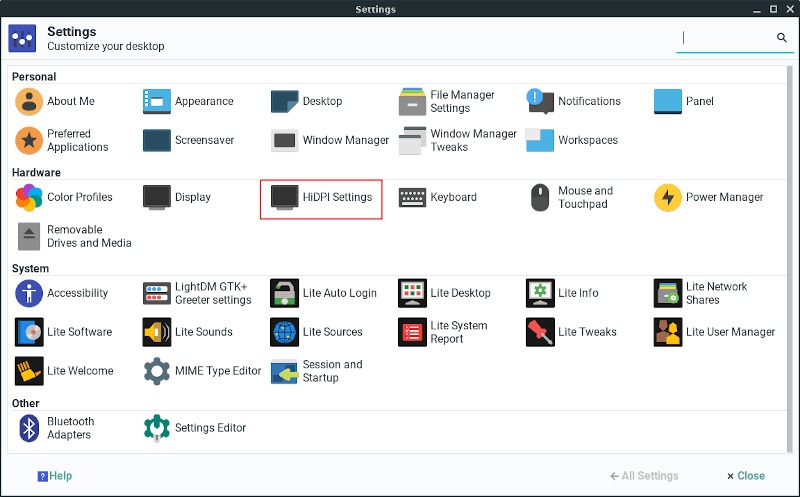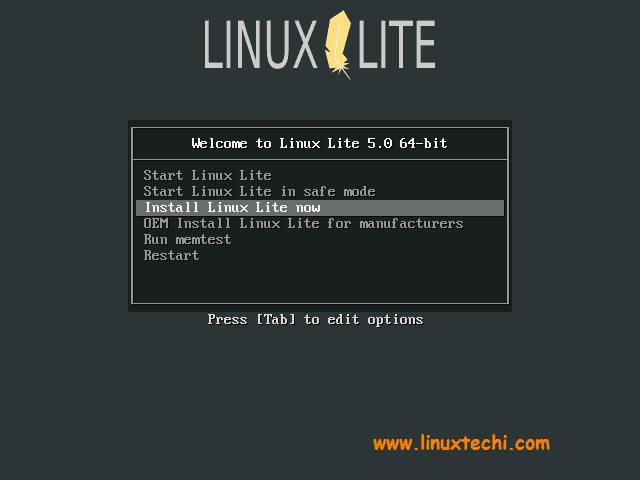

- #Linux lite review install#
- #Linux lite review driver#
- #Linux lite review download#
- #Linux lite review mac#
- #Linux lite review windows#
#Linux lite review mac#
Mac fans will be quick to point out this looks much more Mac-like and that’s a fair comment, I do like having a dock at the bottom of me screen. You can see an example of my finished desktop layout in the screenshots.

With AWN installed I set it to start automatically on login and add all my shortcuts.
#Linux lite review driver#
The Restricted driver manager prompts you to do this if you have a freedom hating card. In my case this involves installing the restricted and evil Nvidia drivers, which is really simple on Mint.
#Linux lite review install#
Before you can install AWN you need to have working 3D graphics drivers. I’ve skipped a step here which I should point out. Next I install the Avant Window Navigator and configure that at the bottom of the screen. I then add a workspace switcher and dock it next to the notification area on the bar.

Firstly I move the bottom toolbar to the top of the screen, making it more like a traditional Gnome set up. It only takes a few minutes, but I’ll share this process with you now. So one of the first things I do with any new Mint install is to modify the desktop configuration. Apple even added this feature to OS X themselves quite recently, about 10 years after us.
#Linux lite review windows#
I’ve speculated before that perhaps this is meant to make the desktop more recognisable to fresh Windows exiles, but being able to use multiple workspaces is something I’ve loved about the many Linux desktop environments I’ve used over the years. These may be purely personal preferences but I’ve never understood why there’s no workspace switcher on view by default. Much as I love Mint, there are a few things about the default desktop layout I’m not crazy about. Concentrating instead on other areas of the distro which actually need attention.Ĭustomising The Desktop: My Finished Desktop I think the Ubiquity installer has to take most of the credit here, but it’s good that the Mint devs realised not to mess about trying to change it. I was then prompted to reboot and remove the disc to boot into the new system.Īll in all the installation was quick and painless. The install process itself took about 10 minutes all together, and you really couldn’t complain at that. You are now treated to a slideshow during the Mint install, a feature I noticed in Ubuntu Karmic. It only took a minute or two to configure the installer and I set it on its way. I also chose my normal partitioning scheme of 12gb root (/), 4gb swap and remaining 140gb(ish) as /home. I proceeded through all the usual stages of set up, time zone & localisation, user details etc. I just think the work on Ubiquity has been a catalyst for overall installer development, which is a good thing. That’s not to say that other distro installers aren’t good, they are. The Ubiquity installer is one of my favourites and one area where Ubuntu has really done a lot for the Linux experience. The Mint installer is inherited from Ubuntu 9.10 and they don’t seem to have modified this much, I guess it didn’t need it. It’s just that constantly loading data from a CD is much slower than a hard drive, so don’t panic. This usually bears no real reflection on how the final install will perform on your hardware. If you’re new to Linux or just the whole LiveCD model in general, don’t be fooled by the slowness of a live session. Clicking the install shortcut located on the desktop I wasted no time in getting into business. This release is no exception in that department and it looks beautiful. The look of Mint is always very nice and they seem to take a lot of time over the desktop themes, wallpapers and so on. Firing up the LiveCD worked like a treat as expected and I was soon loading into a live session, from which I could install the new system. I suppose the name should have made that obvious really, but I always thought there must be more technical differences.
#Linux lite review download#
For those interested in the differences between the two, the Universal version is actually a much larger download and contains support for a lot more languages. I began by downloading the standard Linux Mint 8 install CD, foregoing the Universal version.

How would this release stack up? Well, I’ll tell you…ĭistro base – Ubuntu (itself based on Debian) The distro itself is anything but tacky though and it’s been one of my firm favourites in the past. I’ve said this many times before, but the codenames still sound a little tacky to me. Today I’d like to talk to you about Linux Mint 8, AKA Helena. I’m a bit late with this review I know, but the distro releases have been so thick and fast lately I just couldn’t keep up.


 0 kommentar(er)
0 kommentar(er)
